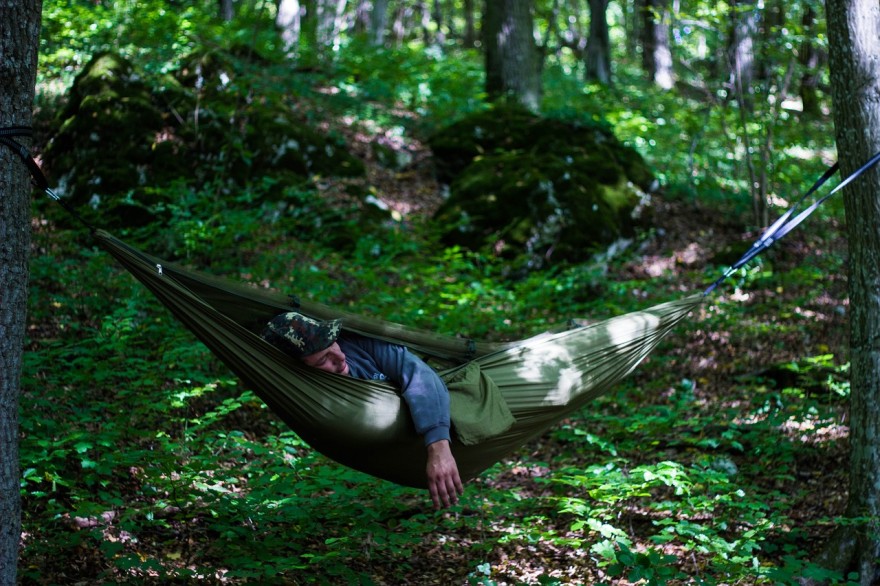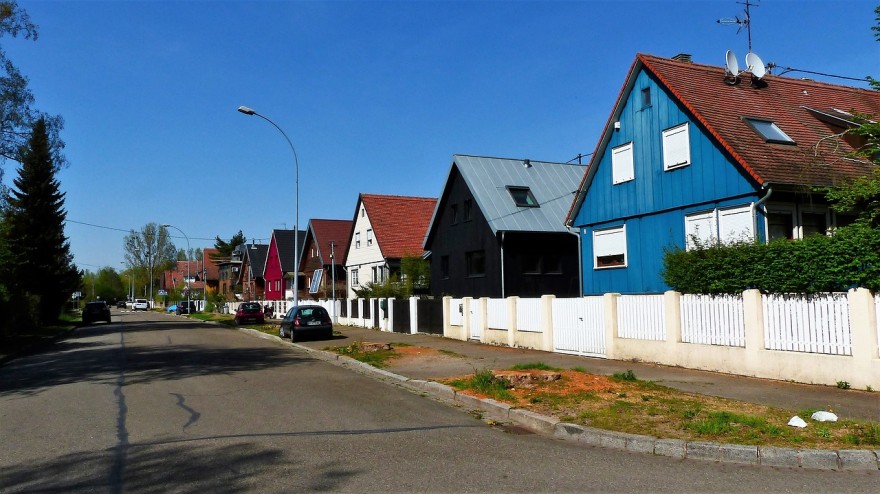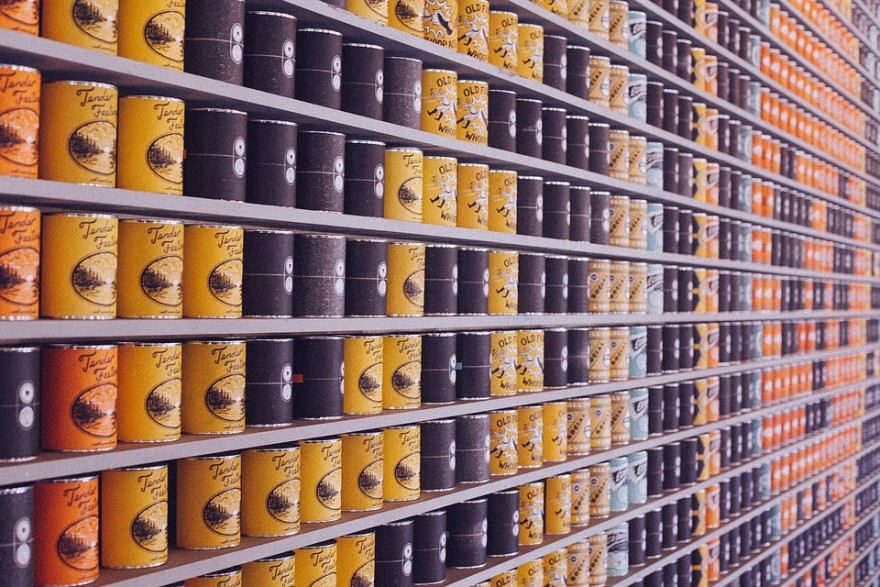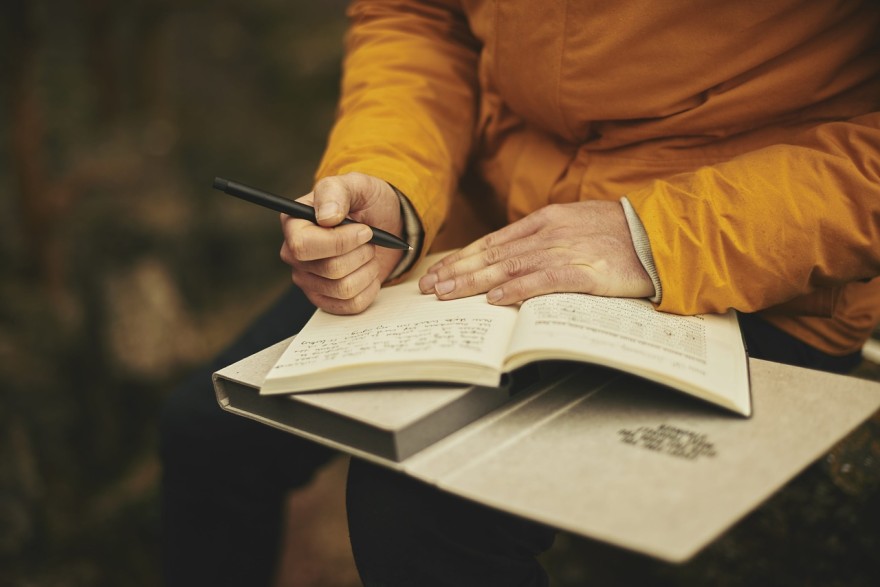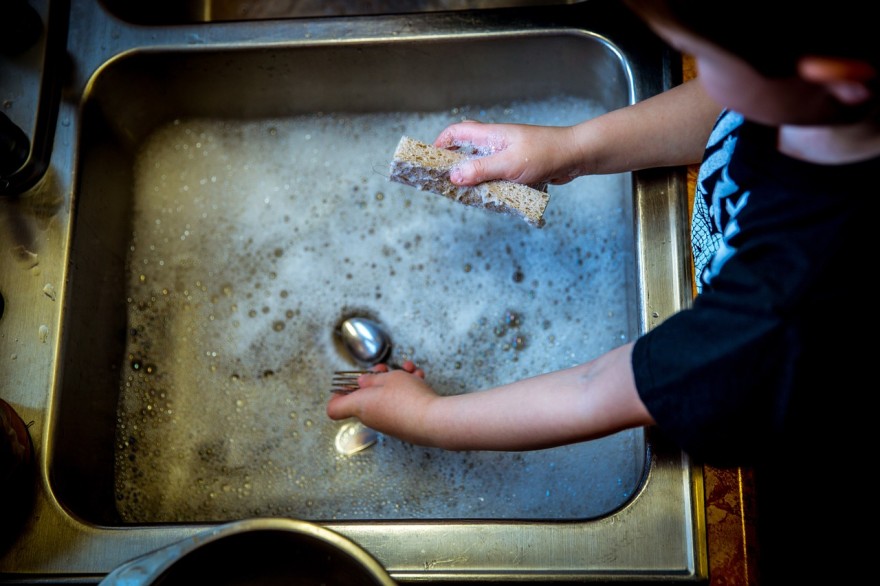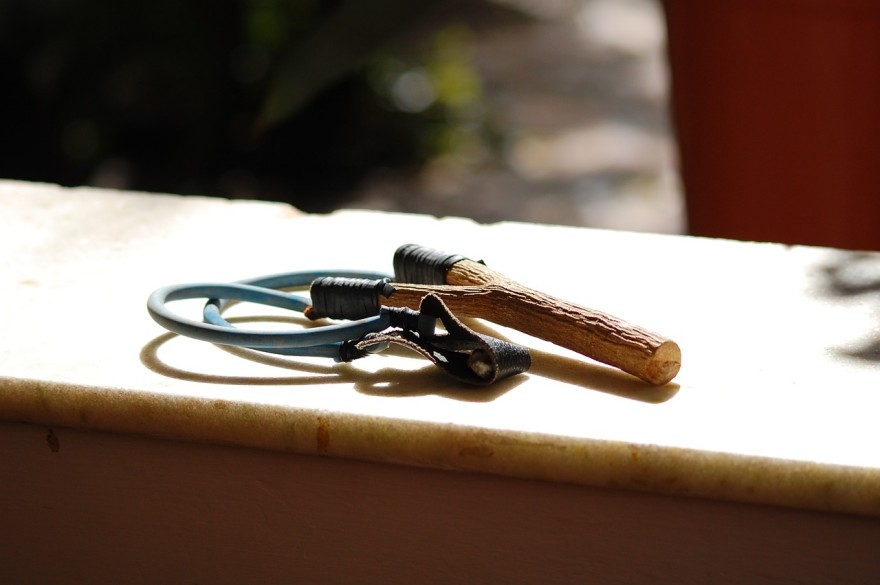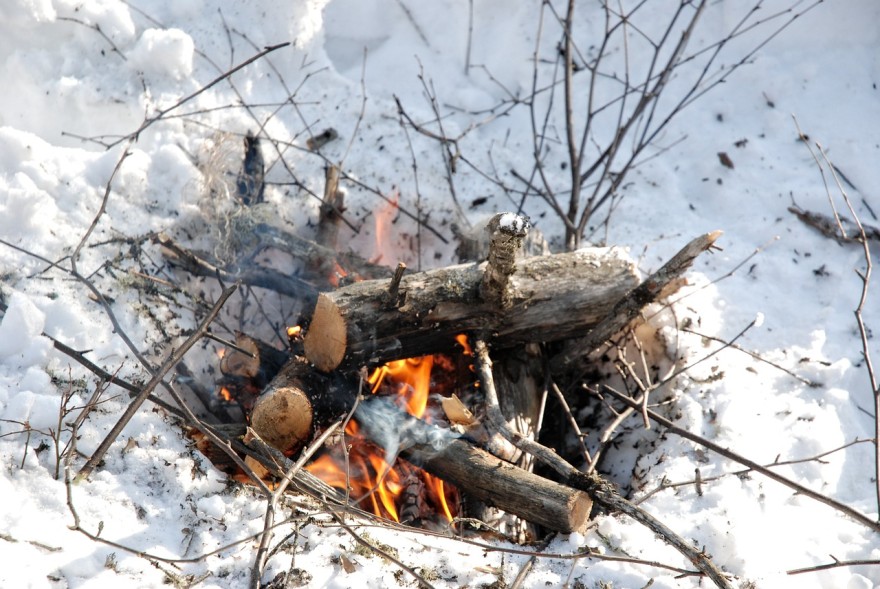Creating sustainability in the suburbs
It wasn’t always that we had a nice bit of land out in the sticks to call our own, for years we were cooped up in the city. As a teen, I had a tiny studio apartment that you could barely turn around in, and once I got married we moved into a house in the suburbs for the longest time. We had “space” but just barely, yet we still made it work, we still worked hard to create a sustainable lifestyle for our family.
Lots of the things I’m now comfortable with on our homestead today I started learning in the suburbs, and there are plenty of things you can do to make your home a little more sustainable (today). So if you’re living in a suburban house, or even an apartment, pay attention to what’s coming in this article as you’ll learn what you can do to be more sustainable.
Start gardening
Probably the easiest steps you can take today is to start a garden. It doesn’t matter if you only have a small space to work with, you can grow peppers and tomatoes, herbs, and even vines for snow peas, beans and more. The balcony on my first apartment was perfect for growing, and we’ve used part of our yard for a small greenhouse to extend our growing season well into the start of winter. Lit up with lights it doesn’t detract from the ambiance of our yard when people come over, and growing and eating even part of our food fresh is a wonderful step towards being a little more sustainable. In almost every meal we supplement it with fresh greens from the garden, or something we harvested in the months before, saving us money while we do our part in the world.
https://www.youtube.com/watch?v=-yhKxZqvPtM
Start composting
Depending on the rules in your neighborhood it’s unlikely you’re going to be able to create a large, open-air compost heap, but you can definitely invest in a commercially made compost tumbler that actually looks nice enough your neighbors won’t notice. We compost all of our fruit and vegetable scraps, our coffee grounds and even eggshells. Just don’t put meat in there or you’ll start breeding some nasty bacteria. This homemade compost is one of the best fertilizers we’ve found for our garden, and once we had the tumbler each new batch we started was just more and more money saved, while our garden thrived. I simply collected the scraps in a small container under our sink, and added them to the tumbler every few days. The resulting compost was fantastic.
Start canning produce
If you’re lucky enough that you’ve got leftover produce at the end of a harvest, you should take the time to learn how to can and preserve it. We had an established apricot tree in our yard which meant that once the fruit fell it was jam-making time. It was the only way to use it all without it going bad, and we’ve put together everything from canned tomatoes to peppers, and even beets. I do this as well with seasonal produce at our local farmers market, they sell things incredibly cheap when it’s in-season, and once you know how to properly store it you can save an incredible amount of money while building your stockpile of supplies that you need to survive a SHTF event, in the most sustainable way possible.
Start riding bikes
Living in the suburbs had another great perk. We had nice quiet roads with plenty of space, and everything was just close enough that we could get around on our bikes. At the time we only needed one car, that my wife used primarily as her work was on the other side of the city, and I biked everywhere because my office was nearby. Looking back on that time I am amazed how fit just riding my bike to work kept me, and while we’re now far too far from civilization to be able to rely on a bike as a means of transport, they’re one of the best forms of sustainable transport that you’ll find, and I highly recommend learning to ride.
Start solar power
Installing solar panels was a big decision, as the upfront costs would take almost 5 to 8 years to recuperate in our lower electricity bills. One Christmas bonus I decided on a whim to take the plunge, and looking back I can honestly say I wish I’d made the change sooner. More than just the money we saved during the time we lived in that home, it was nice knowing we’d reduced our carbon footprint and I actually learnt how a solar system was put together. Knowledge I’ve put to good use getting our homestead connected on my own, and installing smaller solar kits myself in both of our cabins.
Start reducing waste
Of course, single use plastic use has spiked in the last months thanks to the pandemic, but you can also make a choice to reduce the waste you’re using in your home. Before we started trying to cut back on this I’d be taking out a large garbage bag per day for our family of four (and two dogs at the time), which is an incredible amount of waste when you think about it. We started cooking more, or only ordering from take away shops with sustainable packaging, and really thinking about every bit of trash our lifestyles were creating before we spent money on it. These days we generate about one small bag of garbage a week, and I’m amazed at how much this has turned around when you actually focus on reducing waste.
I often hear people tell me they’ve not got enough space for a garden, or the ability to start prepping because they’re stuck in an apartment, or whatever reason they’ve dreamed up. But here’s the thing. If you want to make a difference, if you want to reduce your carbon footprint, and if you want to live a more sustainable life, there’s plenty you can do – even if you live in the suburbs. Which of these projects will you get started on this weekend?


